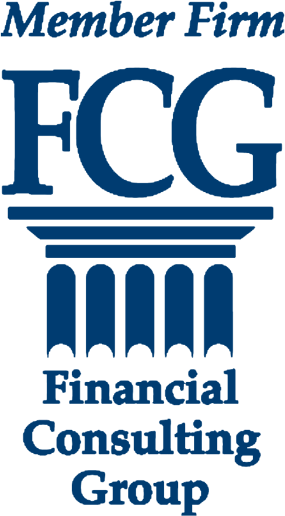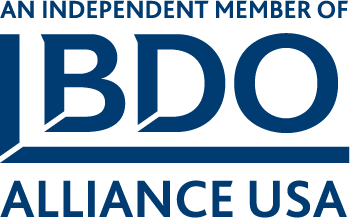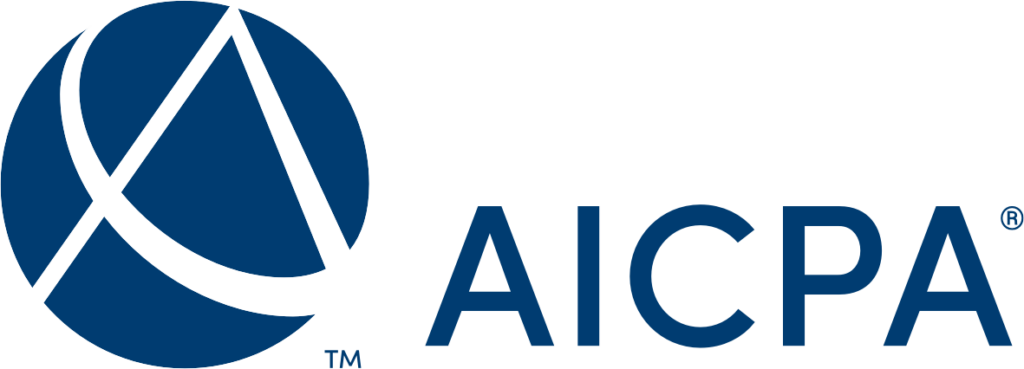By Mark Myers, Director of Accounting and Business Solutions, Crosslin
The story of how your business makes money and grows consists of tools that help you manage your business and create the financial success you deserve. These tools highlight key elements of financial information that give business owners and senior management the data needed to make successful business decisions and to realize a profit.
Some of these fundamental tools include:
- Cash flow forecast: Cash constraints can be the killer of a business. Preplanning of the ebb and flow of cash levels allows the business owners to determine when additional resources of cash are needed to meet the daily cash needs as well as the investment in equipment or workers required to meet the needs of customers.
- Common-size profit & loss statement: “Common-size” refers to a P&L statement that shows every line item of revenue and expense as a percent of total revenue. The percentages, when compared from one period to another, provide insight as to the relationships of revenue to expenses. Trends or irregularities in those relationships give the business operators the opportunity to make modifications in the business. The common-size measurements also provide management the opportunity to compare their business to similar business of competitors.
- Budget variance report: The most common budget prepared by management is for the revenue and expenses of the business to monitor current financial performance and make decisions during the business cycle to drive the business to the desired level of profitability. The variances between actual and budget give management a quick glance when activity is not operating as planned.
- Breakeven with a target profit: Frequently, a business owner wants to know how much revenue is needed to breakeven, but better yet make a certain level of profit. An analysis of the breakeven point with a targeted net profit could give management the number of widgets that must be sold to generate the revenue needed for a targeted level of profit.
- Accounts receivable and accounts payable aging analysis: One common challenge of small businesses is collecting payments from customers and having the cash needed to pay vendors timely. When customers do not pay timely, the amounts due from customers could potentially remain unpaid for a number of weeks or months. Depending on the business cycle and payment terms, amounts due from customers can be compiled in such a way to show the age of the amounts past due. Likewise, amounts due to vendors may also be reviewed to verify vendor invoices do not slip through the cracks. This analysis of the age of receivables gives management an outline of which customers may require additional effort to collect past due amounts. The accounts payable aging analysis provides an indication of which vendors where a renegotiation of payments may be beneficial to both the vendor and the business.
- Fixed versus variable cost and the nut: A business typically has expenses that are relatively fixed each period such as rent and insurance. Other expenses vary from period to period based on the level of activity or sales, such as the cost of goods sold and hourly employee wages. Since there are certain operating expenses that fit the fixed classification and some that may vary but are reasonably estimated, a business can typically estimate the amount of operating expenses that will occur every month. The total amount of operating expenses is referred to as the nut. The business revenue and gross profit must cover the nut to breakeven, so any revenues in excess over the nut would be profit.
- Price point flexibility analysis: The gross profit of a business is revenue net of cost of goods sold and the direct costs of generating those revenues. One key component of revenue is the price charged to customers for the products and services provided. The price directly impacts the ability to make a profit. Determining the level of prices that generate a gross profit versus a loss gives management that range in which prices vary to make a profit on the product or service.
- Product profitability analysis: When a business sells multiple products and services, frequently it can be determined that some products generate more profit than others. Knowing which products generate higher profits on a unit by unit basis, management can identify where to focus marketing and production efforts and potentially which product lines to cut from the business.
- Inventory turnover ratio: The level of inventory for resale needed to meet customer demands is a critical data point needed in business operations. So a key business metric of the amount of inventory to keep on hand becomes critical in managing obsolescence of the merchandise and cash flow of the business. Inventory turnover is a measure of the number of times the full amount of inventory is sold during a given period. The sale of inventory creates cash and avoids the merchandise becoming obsolete. The frequency of inventory turnover gives management an idea of how much inventory is to be produced in advance of sale and the cash needed to maintain that level of products on hand. The inventory turnover ratio for the business can also be compared to industry averages to determine how well the business can keep up with competitors.
- Business cycle trends of revenue and expense: Some businesses have seasonal cycles where revenues and expenses may vary for easily predictable reasons, and in some cases irregularities in the level of sales and expenses occur from one period to the other. One very revealing tool that looks for those predictable as well as irregular occurrences is the comparison of performance on a month by month basis over a 12-month period or the fiscal year. The irregularities will highlight fluctuations in activity during the periods reviewed and allow management to make any necessary changes in the operations.
These fundamental tools are only a few available in the business owner’s toolkit to create their desired profits and achieve their financial goals. Crosslin’s Accounting and Business Solutions include providing such tools to business owners and senior management.







